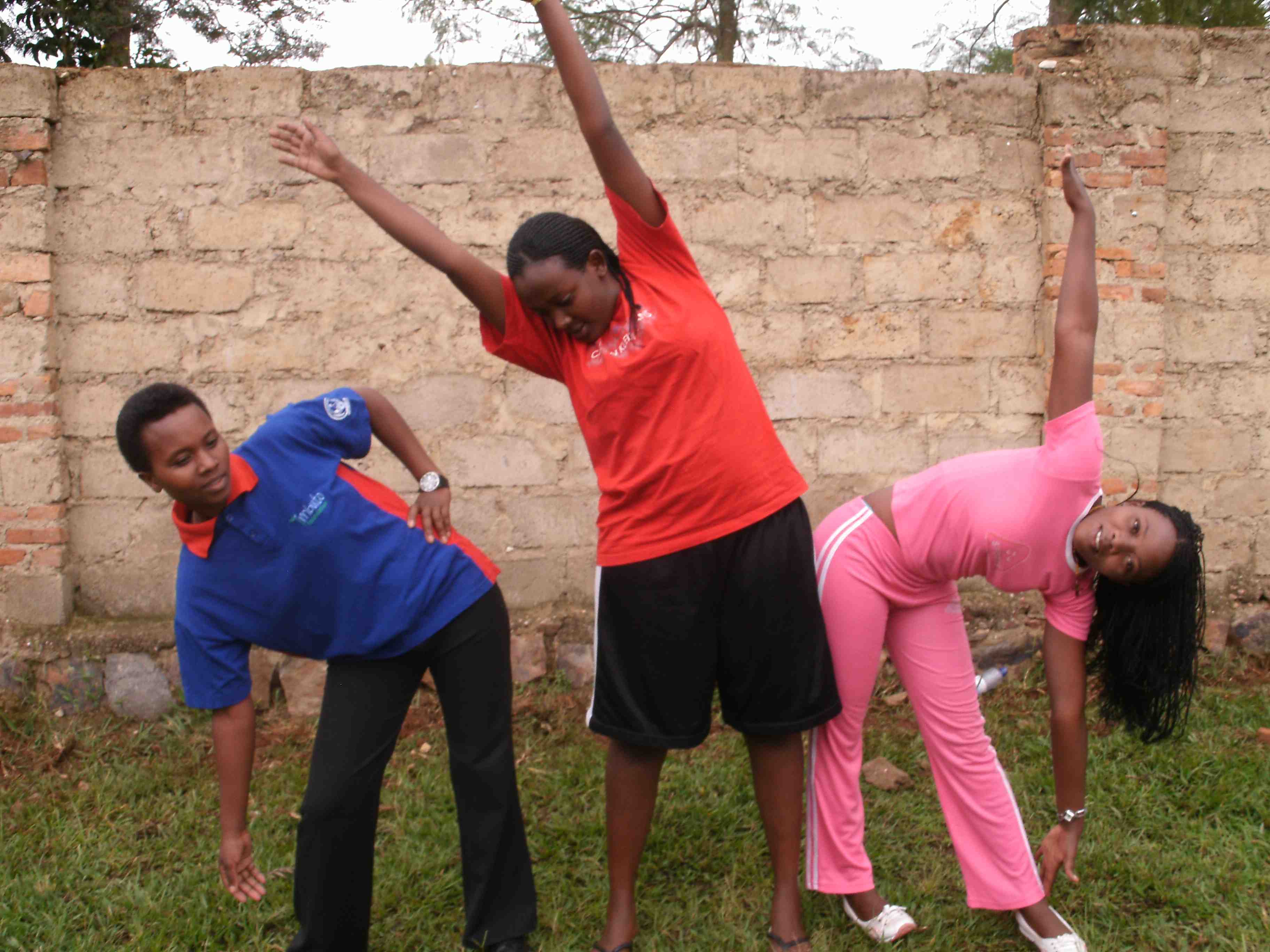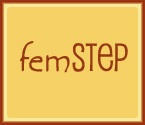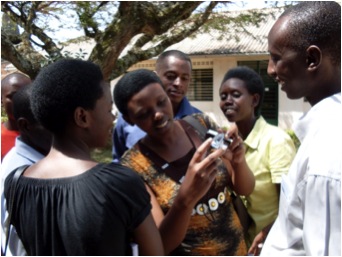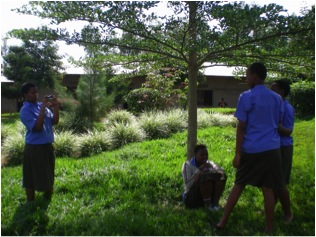Analysis
“SMART” Photovoice agricultural consultation: increasing Rwandan
women farmers' active participation in development
Myriam Gervais & Lysanne Rivard
Published online: 18 Jun 2013
To cite this article: Myriam Gervais & Lysanne Rivard (2013) “SMART” Photovoice agricultural
consultation: increasing Rwandan women farmers' active participation in development,
Development in Practice, Vol. 23, No 4, 496-510, DOI: 10.1080/09614524.2013.790942
To link to this article: http://dx.doi.org/10.1080/09614524.2013.790942
Abstract
Through two case studies, this paper evaluates the value of the feminist visual methodology Photovoice as an interactive consultation tool with rural Rwandan women working in agriculture. This exploratory study suggests that it is possible, through an adapted Photovoice process, to engage and empower women in the production of information about what is most relevant to them, and reach and engage practitioners and officials through an exhibition of participants’ photographs and captions. This confirmation of Photovoice’s applicability with rural women in the generation of information that captures the attention of stakeholders demonstrates its potential for reproducibility in other development contexts.
Girlhood in a post-conflict situation: The case of Rwanda
Myriam Gervais, Eliane Ubalijoro & Euthalie Nyirabega (2009). Agenda, 79.
Abstract
Girls in Rwanda have been confronted with unique challenges since the 1994 genocide. This study aims to analyse their everyday experiences, given the repercussions of the genocide has had on their lives and the sociocultural pressures they face. Using a comprehensive cross-sectoral approach we examine their positions and roles through four 'lenses': security and protection, economic security, access to basic services, and participation and empowerment. This gender analysis of girlhood in a post-conflict environment reveals that girls must contend with a wide-ranging and interconnected set of gender biases and highlights the fact that they relatively 'invisible' in programmes for women and youth, even though they play a major role in the rebuilding of peaceful communities. We conclude that post-conflict programmes would benefit from consulting with girls and young women to detect disparaties in access to welfare services and resources and help shape policies and programmes that address their interests?
Photovoice activity with students from the National University of Rwanda
Topic: What are the challenges to female participation in higher education? What are the solutions?
- Access activity report
- NUR Photovoice(with photographs of the activity)
Photovoice activity with the Gender Club of the Kigali Institute of Education
Topic: Adolescents' point of view on unwanted pregnancies as a cause of the high drop out rate of girls in secondary schools: Challenges and solutions
- Gender Club Photovoice (with photographs of the activity)
Photovoice activity on secondary schoolgirls' lived experiences of physical activity and sport in school in Rwanda
Topic: Girls' gendered barriers and suggested solutions for improving their experiences of physical activity and sport programming

Research description
Over the past 15 years, significant headway has been made in identifying girls’ barriers to participation in sport and physical education in the Global South and in stressing the importance of adapting programming and curricula to better address girls’ needs and concerns. Building on these achievements, critics are currently concerned with top-down programming approaches that exclude or bypass beneficiaries, and thus are calling for the use of research methodologies that will enable recipients’ active involvement in the evaluation and implementation of programming, as well as policy development. As a result, this research asked the following question: How can girls be integrated into the decision-making process concerning the improvement of the physical activity and sport programming they experience? Using the visual participatory methodology Photovoice, this case study gathered Rwandan girls’ perspectives on their lived experiences of physical activity and sport in secondary schools. Approximately 200 girls photographed their feedback, concerns and suggestions to improve programming. The photographs and captions were then presented to and served as the basis for semi-structured interviews with three levels of targeted Rwandan stakeholders: the girls’ physical education teachers, gender and physical education experts and three ministries: Education, Sports and Gender and Family Promotion. Results indicate that girls can contribute relevant and pertinent feedback and suggestions for improvement of programming in order to better meet their self-identified needs and concerns. In conclusion, Photovoice combined with semi-structured interviews with key stakeholders is an innovative approach to help bridge the gap between beneficiary, programme implementer, expert and policymaker
For more information, please contact: lysanne.rivard@mail.mcgill.ca




